What Is Fake Opera Mac Virus?


Fake Opera Mac virus is a fake program that resembles the original application, however the cyber crooks modified many of the real files so that the application can serve their purpose.
Fake Opera Mac virus is a malware that enters the system by stealth and then performs its function in the background without the user’s knowledge. It does this by making changes to various system files, including those that are responsible for running applications. Without these files, the Mac may become unresponsive and unable to load any program or start up normally. It may also be impossible to reboot the computer due to corrupted system files and lack of essential drivers. Fake Opera Mac virus can be lurking in the infected Mac’s web browser, which it uses to display a fake pop-up window. This window is created by cyber criminals, who have developed a highly sophisticated program that is capable of simulating an authentic website that has been visited by the user.
How Is Fake Opera Mac Virus Distributed?
Fake Opera Mac virus is mainly distributed through third party websites. However, cyber criminals use social media channels, such as Facebook and Twitter as well. The most common way of spreading this infection is through malicious software bundlers, where they might have been included in a download package together with other useful applications that once installed on the computers may cause a number of unwanted issues. Fake Opera Mac virus can be delivered via infected websites too. It may even join your machine with existing vulnerabilities and then infect it. Fake Opera Mac virus is a dangerous computer infection. If not detected and removed properly, it can cause serious damage to your entire system. It is recommended to remove Fake Opera Mac virus as soon as possible in order to prevent any loss of data or files.
How harmful is the Fake Opera?
The risk of your computer being infected by Fake Opera Mac virus depends on how you install the fake program. The worst case scenario is if you decide to download it from a shady website, where relevant security measures are not taken. However, the majority of the Macs that are infected with Fake Opera Mac virus got infected when they were visiting specific websites or when they received malicious software bundles as a part of other legitimate applications that they had downloaded and installed. The fake program is designed in a way that it could trick users into believing that they have no other option than installing it on their computer. Fake Opera Mac virus can also enter your Mac’s system through infected links, banners, etc. They might appear legitimate, but they actually might be redirecting you to a malicious website. The moment you initiate the download of such programs, you expose your device to the risk of being infected.
How can I remove Fake Opera virus ?
Step 1: Uninstall Fake Opera and remove related files and objects
- Open your Finder –> Click on GO –>Click on Utilities
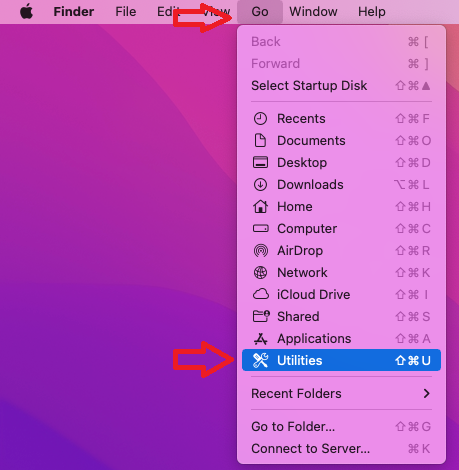

- Find Activity Monitor and open it


- Review all the processes in Activity Monitor and write down the ones related to Fake Opera virus
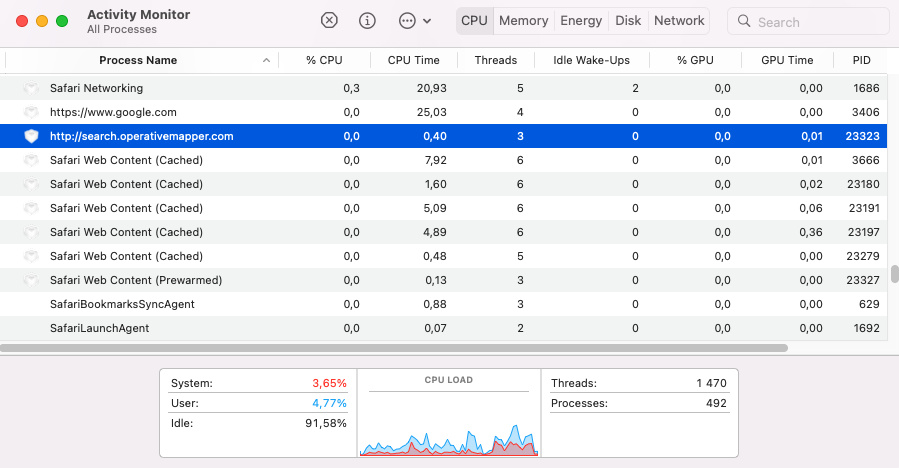

- Select Quit
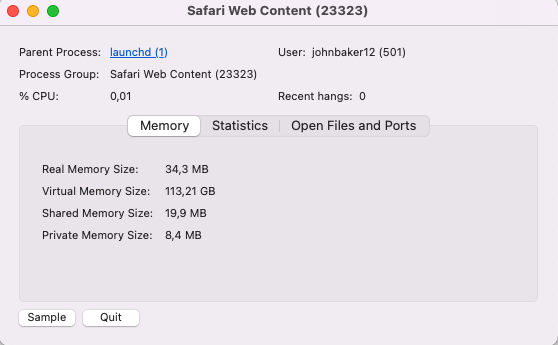

- To kill the malicious process, choose the Force Quit option.


Step 2: Remove Fake Opera – related extensions from Safari / Chrome / Firefox
The first thing you need to do is to make sure Safari is not running. If you have troubles closing it, you may need to Force Quit Safari - (Start Activity Monitor by opening up Finder, then proceed to Application --> Utilities --> Activity monitor. Locate the Safari process and force quit it.
Safely launch Safari again by holding the Shift key and clicking on the Safari application icon - This will prevent Safari’s previously opened malicious web pages.
In case that you still are having trouble with scripts interrupting the closing of unwanted pages, please do the following:
- Force Quit Safari again.
- Disconnect form Internet and try again.
Then Re-Launch Safari but don’t forget to press and hold the Shift button to prevent pop-ups. Then, click on Preferences.


- Carefully take a look at your default home page and change it if the hijacker altered it.
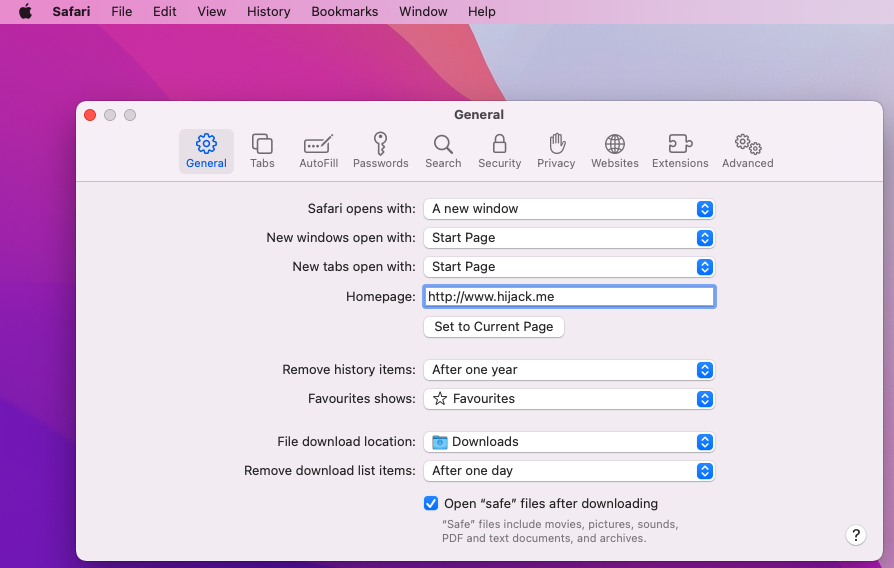

- Then go to the Extensions tab and make sure there are no unknow extensions installed.
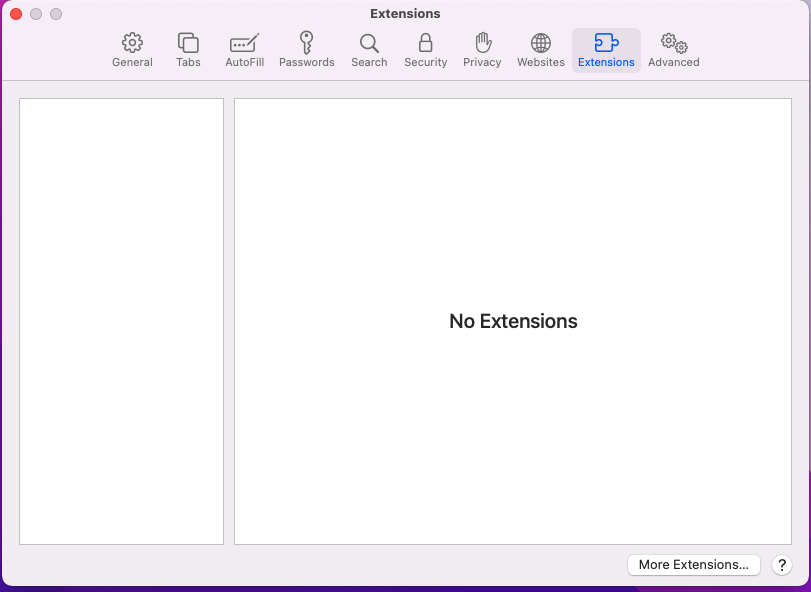

- Next step is to click on Privacy tab
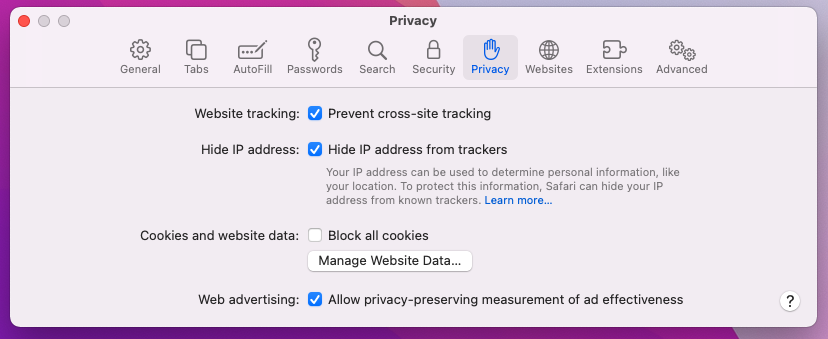

- Manage website data


- Here you can remove any unwanted website data or just remove them all. Please, keep in mind that after you do this all stored website data will be deleted. You will need to sign-in again for all websites that require any form of authentication.
- The next step is to Clear History (if you want), select the tab.
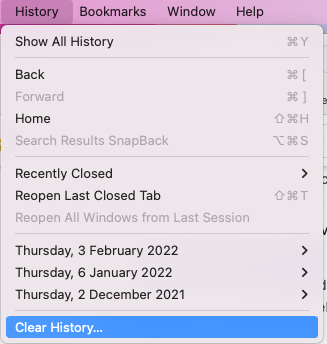

- Click the menu next to clear and choose a time period — if you want to completely reset Safari, choose all history.
- Press Clear History
- To remove from Chrome, open the browser and click the icon with the three dots located in the top-right.
- Select to More Tools --> Extensions and review what Chrome Extensions are present in the browser


- Remove the ones that you do not recognize.
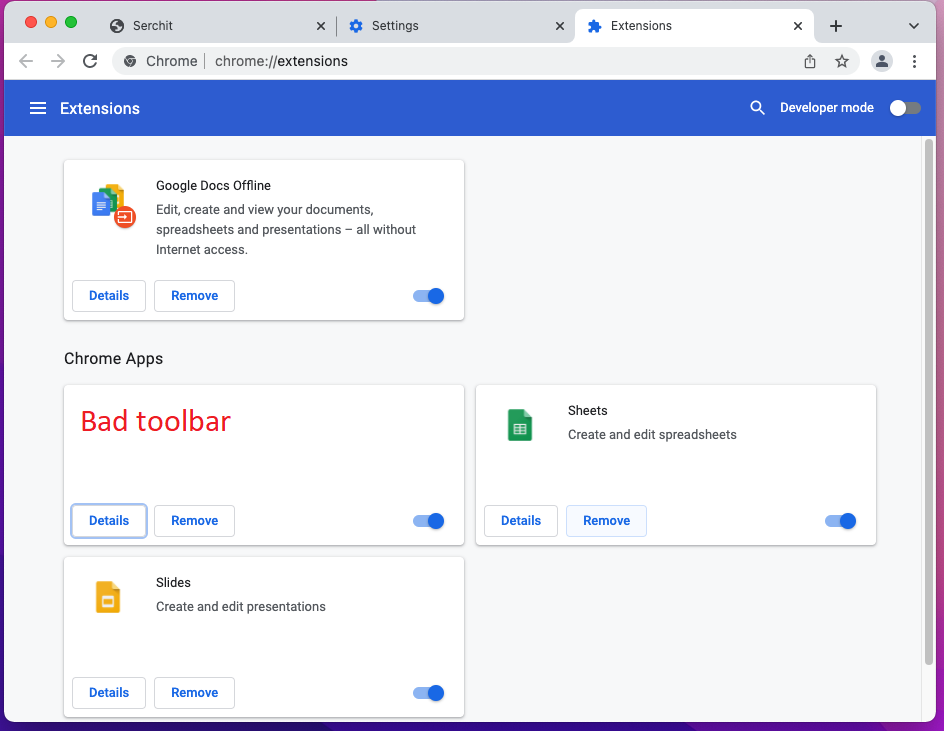

- If the parasite continues to disrupt your browsing with Chrome, this is what else you can do:
- Click again the menu of Google Chrome, and open Settings.
- Select the Search Engine from the left panel, review the available search engines and change the default to your preference.


- Then, click on Manage Search Engines, review the list of search engine availabilities and if any of the listed items looks suspicious, click the three-dots next to them, and delete.


- Click on Privacy and Security in the left panel, select the Clear browsing data option, check every box except the Passwords one, and click Clear Data.


- Next step is to clear Notifications, select the Site settings option in the Privacy and Security section, then locate Notifications.


- Review the listed websites in the Allow to send notifications section and if any of the entries shown there seem dubious or related to the browser hijacker, select the three dots next to the object and click on Remove.
- Start Mozilla Firefox
- On the top right click the three dashes
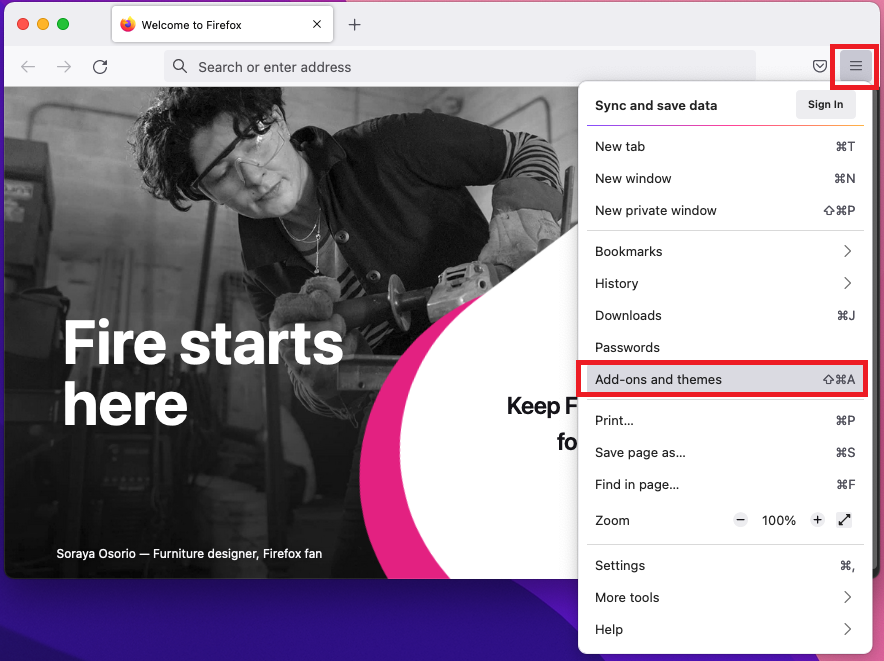

- go to add-ons and themes
- The add-ons manager will open
- Carefully review review four Firefox Extensions
- If any unwanted extension is present, click on the three horizontal dots and then Remove
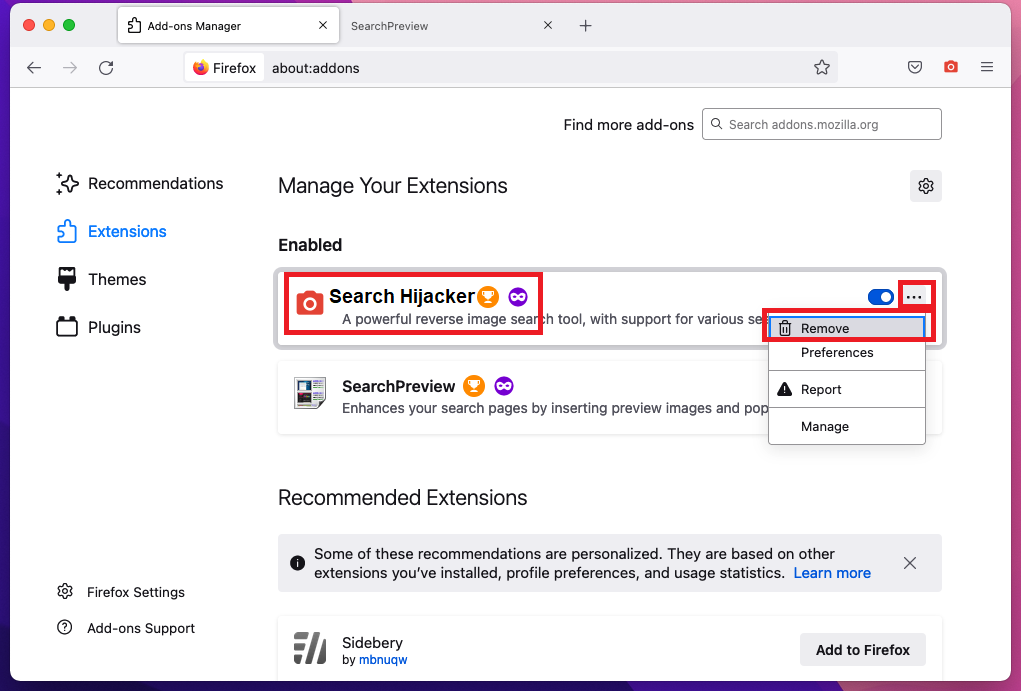

- After the extension is removed, restart Mozilla Firefox by closing it from the red dot in the top left and start it again.
Step 3: Scan for and remove Fake Opera files from your Mac
Fix your browser settings with SpyHunter Anti-Malware
Once you download and install SpyHunter for Mac run a scan.
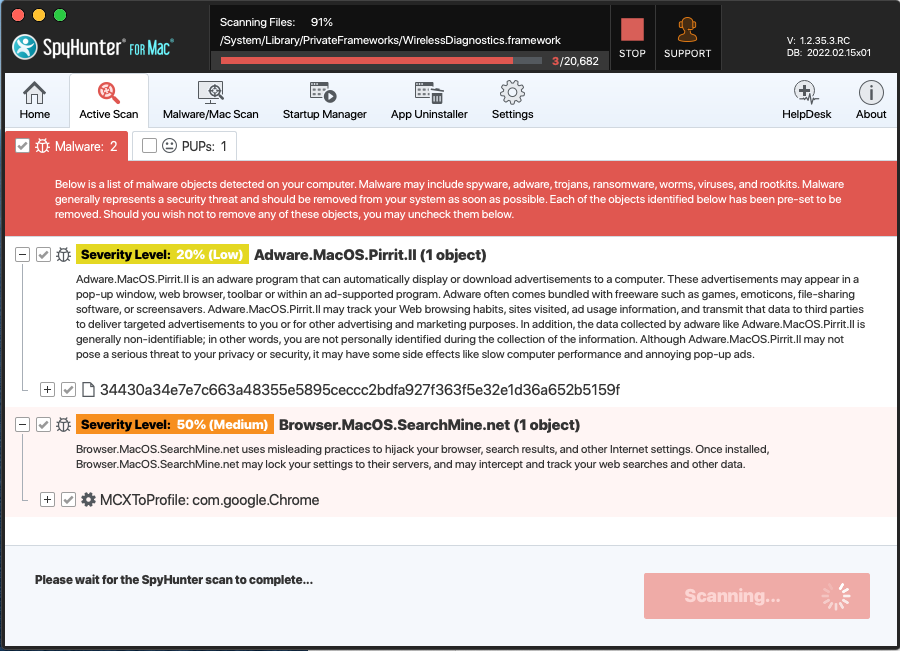

Once the scan is complete, your mac will be virus free.
Fake Opera malware Frequently Asked Questions:
- How do I get rid of Fake Opera?
Fake Opera is a Browser hijacker – malicious software that can be installed by third-party applications or websites. They usually change the settings of web browsers and search engines to display certain ads, pop-ups, banners, etc.
- What are the symptoms of Fake Opera infection in your Mac?
Fake Opera becomes your web browser’s built-in search engine.
Your browser’ s search queries are redirected through Fake Opera.com
The “Fake Opera” browser extension or some shady software is installed on your Mac.
- How do I remove Fake Opera from my browser?
In Internet Explorer, click the gear icon on the top left and select Manage add-ons. Under Add-on Types, select Search Providers. Select your search engine from the list of providers and click Remove to remove it. In Google Chrome, go to Settings (at the top right) and choose Search in the On Startup drop down menu.
- How do I uninstall Fake Opera?
How to Make Your Mac Run Faster?
You might be wondering how to make your Mac run faster? It is a common misconception that the more processing power you have, the faster your computer will run. In reality, it’s actually about what’s going on in your processor and memory. For the average person using a computer for just general applications like word processing and web browsing, you don’t need much in the way of computing power.
– Use an SSD drive instead of a hard disk drive.
– Double your RAM if possible.
– Disable System Integrity Protection (SIP). (Attention! – do this only if you know the consequences.)
References:
- More about pop-up advertisements on Wikipedia.
- MacOS malware
- SpyHunter Anti-Malware overview and also the reasons why we recommend it for malware elimination.
Please, have in mind that SpyHunter offers a free 15-day Trial version with full functionality. Credit card is required, no charge upfront.

